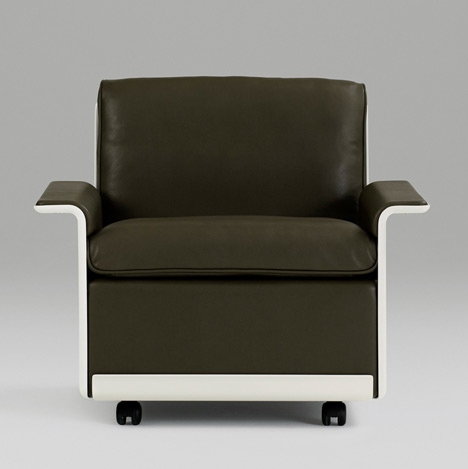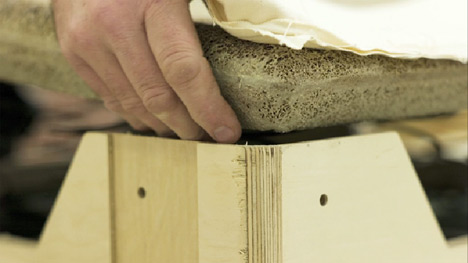
Why Angela Merkel loves Dieter Rams
Or, at least, her 'people' do. Germany’s foremost product designer has found a permanent place in the Chancellery
The former British foreign secretary Jack Straw once said that architecture was a good way to judge the health of the states he visited. Capitals with more visually prominent seats of power, Straw claimed, generally had the better functioning, and more publicly accountable governments.
Can we draw similar conclusions with regard to good interior design? Anyone who has been inside Buckingham Palace – the London residence of the British head of state, Queen Elizabeth II – will know that she doesn’t really go in for tastefully pared-down mid-century modern. The same, to a lesser degree, is the case in the White House’s Oval Office.

So, it is heartening to hear that the vibrant European democratic superpower, and home of Braun, Kraftwerk and the Bauhaus, has a suitably attired seat of power. Frankfurter Allgemeine Zeitung reports that the Germany Chancellery, the official office for the German head of state, has just got around to replacing its Dieter Rams 620 chairs.
These peerless examples of modernist seat design were first produced from Rams’ plans by Vitsoe in 1962 and are, the firm claim, “built to last a lifetime and more.” The Chancellery certainly took this to heart; they bought their original 620s in 1976, back when the country was still divided and the West German head of state resided in Bonn. Since then, the chairs have served four different leaders, up to and including today’s head of state, Angela Merkel.

Indeed, the German leader’s people like the 620s so much that they’ve ordered new versions of the chairs to replace the old ones. The design was reissued by Vitsoe in 2013, and is still produced to the same specifications, though there are a few modern editions. FAZ reports that Merkel’s chairs are upholstered with a mat of coconut fibre, yet “the restrained form remains”. We assume they’re talking about Rams’ design there.
Of course, you can get a greater understanding of the ideas and influence of this foremost post-war product designer by buying our beautifully designed, coconut free, Dieter Rams book, As Little Design As Possible, here.